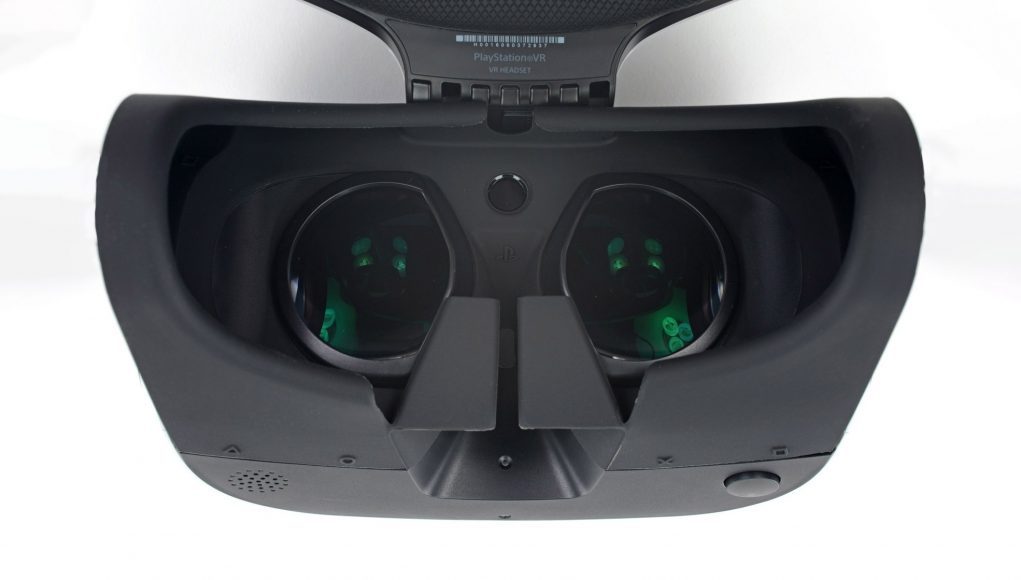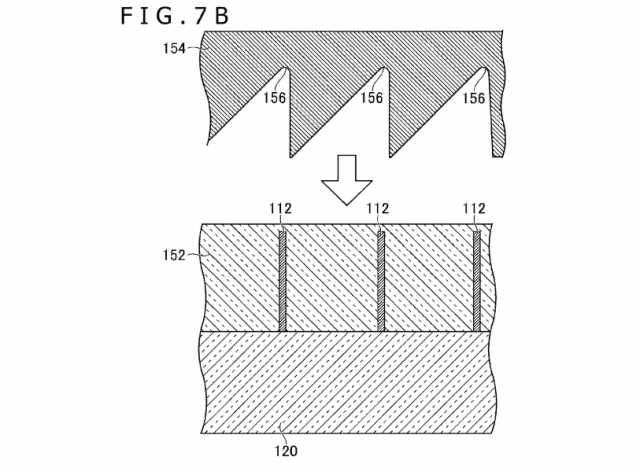We learned last week that PSVR 2 will use Fresnel lenses, which have a range of advantages over traditional lenses, but also come with a big downside: god rays. However, Sony may have a trick up its sleeve that could give the headset’s Fresnel lenses a big advantage over the competition.
As we explained last week with the revelation about PSVR 2’s lenses, every major consumer VR headset on the market has moved to Fresnel lenses, but they unfortunately come with one major downside and that is ‘god rays’. This is a visual artifact that’s especially prominent with high-contrast elements (like white text on a black background) which appears to show streaks of light radiating outward from the center of the lens. This is a lens-dependent issue; no matter how much resolution you pack into the display or what kind of display you’re using, the image will always be negatively impacted by god rays.
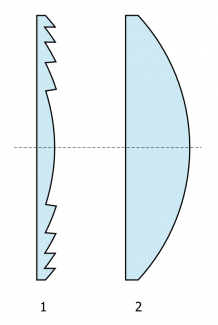
The industry at large has leaned into Fresnel lenses seemingly because they offer greater flexibility for optical designs that are light and compact. High-end optical systems (like the lens of a DSLR) often stack multiple lens elements in a row to achieve the desired optical characteristics, but this has been largely avoided for VR headsets due to the additional cost, complexity, and size that can come with multi-element optics.
Are we forever doomed to suffer god rays in VR headsets with Fresnel lenses? Maybe not. And PlayStation 2 might be the first headset to truly address the problem.
A patent granted to Sony in 2020 proposes a “method of manufacturing the Fresnel lens which can suppress [god rays] […].”
The patent describes adding a “light absorbing portion” to the surfaces of the Fresnel lens that don’t actually contribute to the overall shape of the lens (the back-side of the ridges). This would, in theory, reduce god rays by preventing light from being scattered by those parts of the lens. The patent shows several arrangements for the light absorbing portion, both on the surface of the lens and embedded within it.
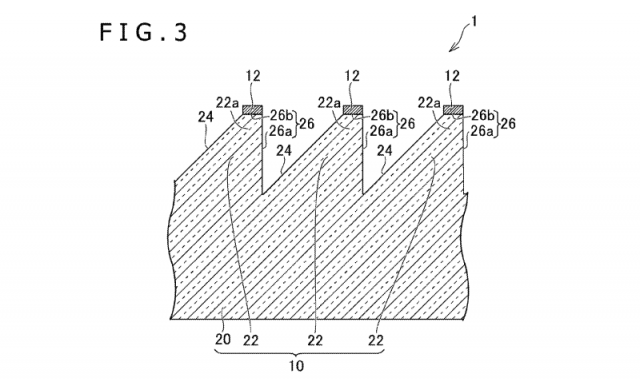 If you’ve ever seen a Fresnel lens in a modern VR headset then you know how tiny the ridges of the lens can be. Placing a light absorbing material only on those parts of the lens that are undesirably would understandably be difficult.
If you’ve ever seen a Fresnel lens in a modern VR headset then you know how tiny the ridges of the lens can be. Placing a light absorbing material only on those parts of the lens that are undesirably would understandably be difficult.
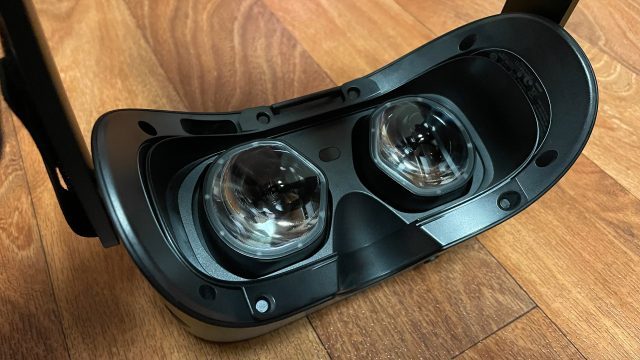
Sony’s patent proposes several different methods for manufacturing such a lens. One of which involves applying a ‘mask’ (which blocks light) over the entire lens surface, and then, using some kind of exposure technique, removing only portion where light is desired to pass through.
Another method proposes starting with the light absorbing material already shaped and then forming the lens around it so that the ridges align just right with the light absorbing structure.
It’s an interesting idea and, to our knowledge, not one that’s been employed in a VR headset yet.
– – — – –
As ever, big companies like Sony file lots of patents and many of them never become products. There’s no telling whether the methods described are even practical for mass manufacturing. So it’s tough to say if this might end up in PSVR 2, but the option is on the table.
At a minimum we at least know that Sony filed the patent with VR headsets in mind. While this patent could easily apply to the company’s many other optics-related business interests—they make their own high-end cameras and lenses, after all— this patent was specifically filed by Sony Interactive Entertainment, the division of the company responsible for PlayStation. What’s more, the patent specifically mentions using two Fresnel lenses in front of a display for use in a “head mounted display.”
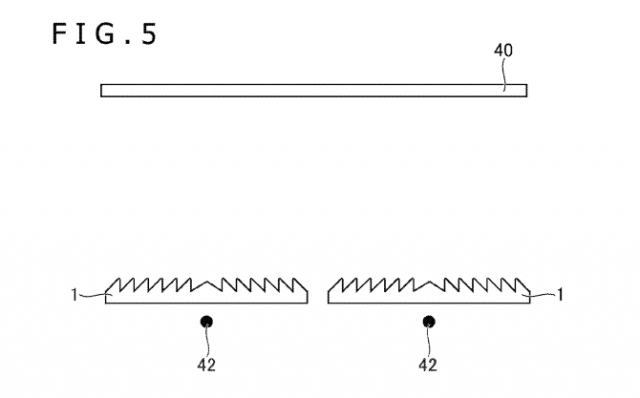 It’s unlikely that we’ll get any more details on PSVR 2’s lenses before the company reveals the final design, which is expected sometime this year.
It’s unlikely that we’ll get any more details on PSVR 2’s lenses before the company reveals the final design, which is expected sometime this year.

